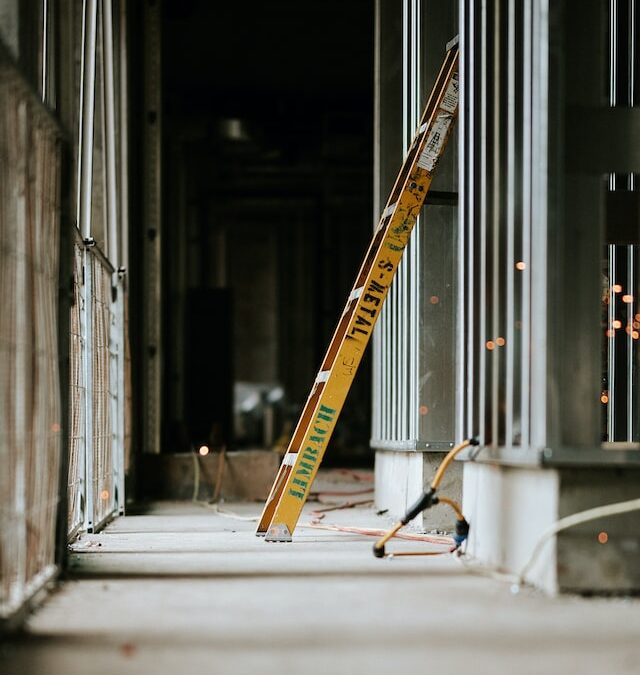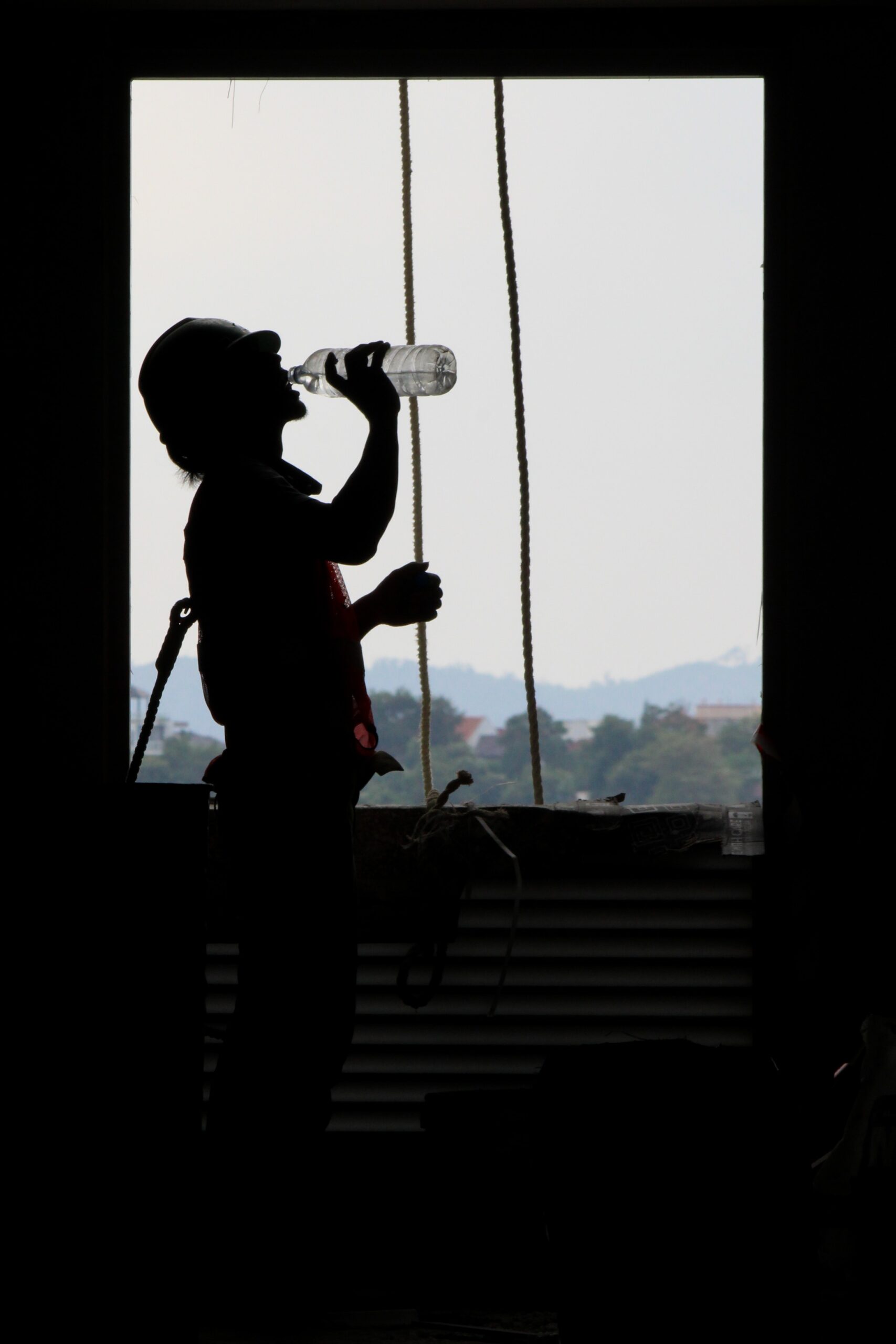Introduction:
Ladders are commonly used in many workplaces and homes, but they can also pose significant hazards if not used correctly. Falls from ladders can result in serious injuries or even death. In this toolbox talk, we will discuss ladder hazards and ladder safety to help prevent accidents and injuries.
Common Ladder Hazards:
Improper Set Up: One of the most common hazards associated with ladders is improper set up. This can include placing the ladder on an unstable surface, setting the ladder at the wrong angle, or failing to secure the ladder properly.
Overreaching: Overreaching is another common hazard associated with ladder use. This can occur when the ladder is not positioned correctly or when the user tries to reach too far without moving the ladder.
Electrical Hazards: Ladders can also pose electrical hazards if they come into contact with overhead power lines or other electrical sources.
Slippery or Uneven Surfaces: Slippery or uneven surfaces can cause the ladder to shift or slide, leading to a fall.
Using the Wrong Ladder: Using the wrong type of ladder for the job can also lead to accidents. For example, using a step ladder instead of an extension ladder can cause the ladder to tip over.
Ladder Safety Tips:
-
Select the Right Ladder: The first step in ladder safety is selecting the right ladder for the job. Consider the height and type of work that needs to be done, as well as the weight capacity of the ladder.
-
Inspect the Ladder: Before using a ladder, inspect it for any damage or defects. Check the rungs, rails, and feet for cracks, dents, or bends.
-
Set Up the Ladder Properly: Make sure the ladder is set up on a level, stable surface. The ladder should be placed at the correct angle, and the feet should be secured in place.
-
Climb Safely: Always face the ladder and maintain three points of contact (two hands and one foot or two feet and one hand) when climbing. Never climb higher than the third rung from the top of an extension ladder or the second step from the top of a step ladder.
-
Use Proper Equipment: Use the appropriate equipment, such as a tool belt, to carry tools and materials up the ladder. Do not carry items in your hands while climbing.
-
Avoid Electrical Hazards: Be aware of overhead power lines and other electrical sources when using a ladder. Always maintain a safe distance from electrical sources.
-
Do Not Overreach: When using a ladder, avoid overreaching. If you cannot reach the work area, move the ladder instead of stretching or leaning.
-
Do Not Climb on the Top Rung: Never climb on the top rung of a ladder. It is not designed to support your weight and can cause the ladder to tip over.
Conclusion:
In conclusion, ladder hazards can be significant, but they can be avoided by following proper ladder safety procedures. Select the right ladder for the job, inspect the ladder before use, set up the ladder properly, climb safely, use proper equipment, avoid electrical hazards, do not overreach, and do not climb on the top rung of the ladder. By following these tips, we can all help prevent ladder accidents and injuries in the workplace and at home.





